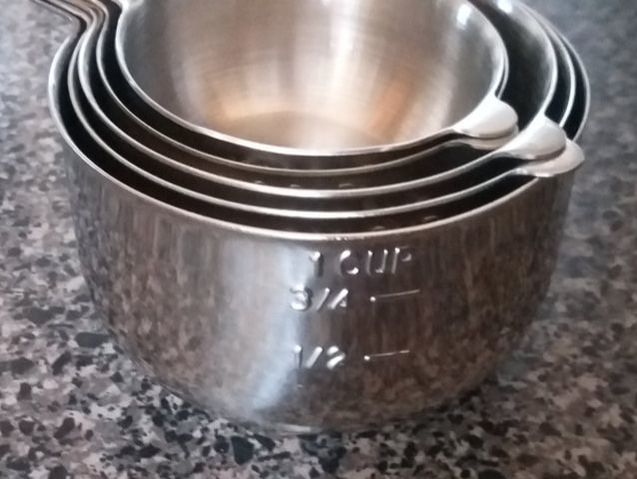
Green Jobs: A Guide to Eco-Friendly Employment (2008) promises the following on its back cover:
> Get up to date on the green movement’s latest trends
> Choose a career that’s good for the environment — and for you!
> Go for extra training, if needed
> Learn about the exciting advantages of “green collar” employment
Let’s look at how it stacks up…
This book was published in 2008, so we get an interesting snapshot of the “green revolution” right before the Great Recession caused a major setback to climate action. Having 10 years of perspective on where things have gone gives a bittersweet read of what the authors expected of the future. A few of the technologies touted in the book have proven to be dead ends, including a particularly bullish look at fuel cells. Refreshingly, there is some treatment of the geothermal industry which is an often overlooked part of the energy puzzle.
As far as finding a career in the green industry goes, this book has a lot of good resources on companies and organizations to investigate, broken down by job type and skill set. Some of the companies are now defunct, but there is enough information here to get you started looking into interesting industries and finding positions that are a good fit for your particular set of skills and training.
Many community colleges and universities now have programs either in green trades or degrees available. Many of these programs were just starting in 2008, so there may be good programs now in your neck of the woods. As a quick example, the solar industry now employs more people than the coal industry, and most of those workers are in the solar installation business. A large number of schools offer training for the skills you need to install solar panels all around the United States. I suspect this is similar in other countries, but I’m not super-familiar with education abroad.
The primary advantage of getting a job in the green industry is having a job that aligns with your personal values. Some other possible benefits include getting help with cycling or using public transit to go to work. Some companies are headquartered in LEED certified buildings as well, reducing your impact and exposure to VOCs further. Most green jobs will come with your standard benefits of 401K, health insurance, etc. as well.
TL;DR: Green Jobs is a good read, and while some of its information is outdated, it is still a solid starting point if you want to get a job in environmentally sustainable businesses/organizations.
Disclaimer: I use Amazon affiliate links to help keep the lights on here at Solarpunk Station. I borrowed this book from my local library, so you might check out yours to see if you can read it for free. If you do decide to buy, using the links here will help keep the site running. Thanks!


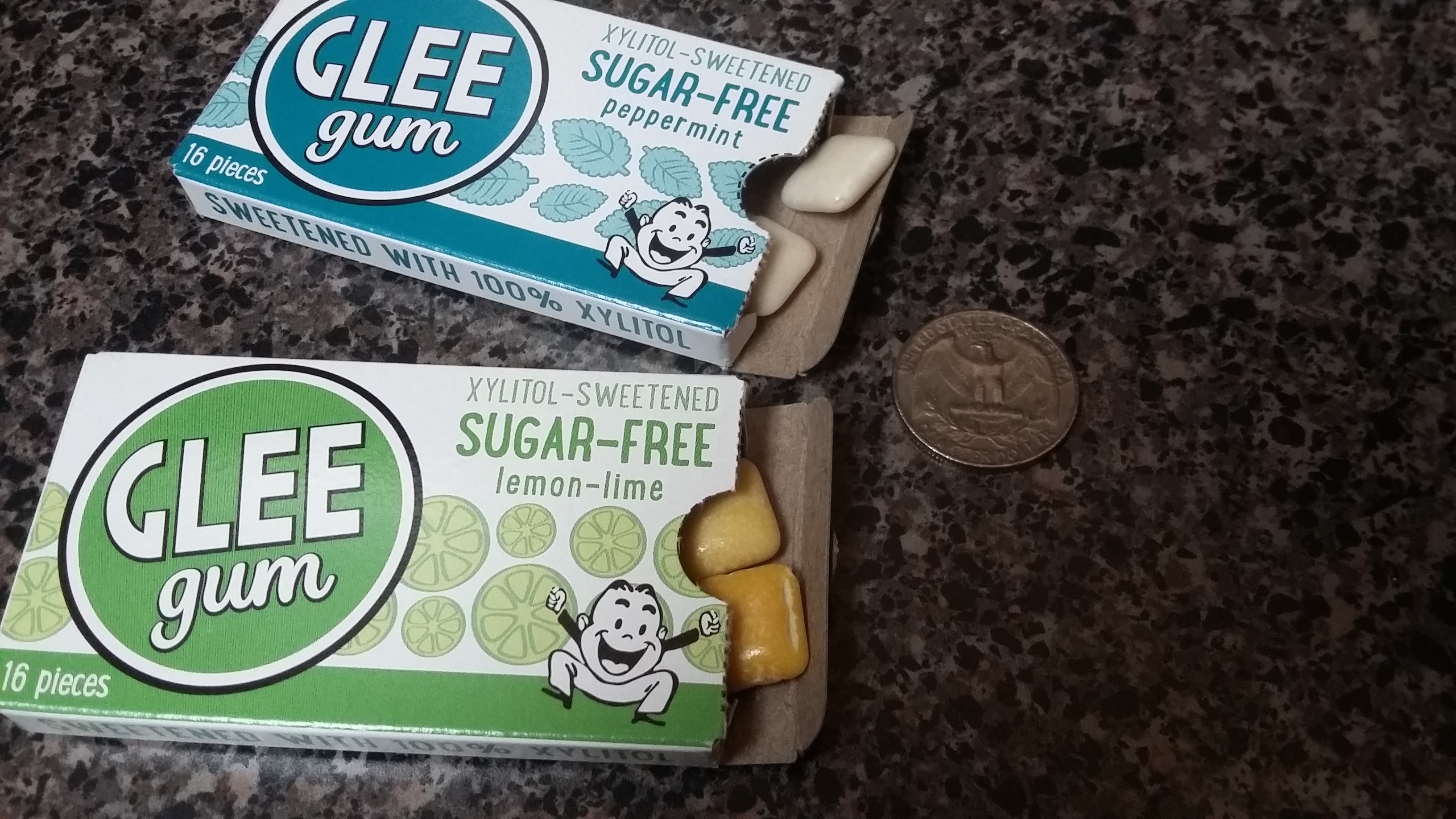





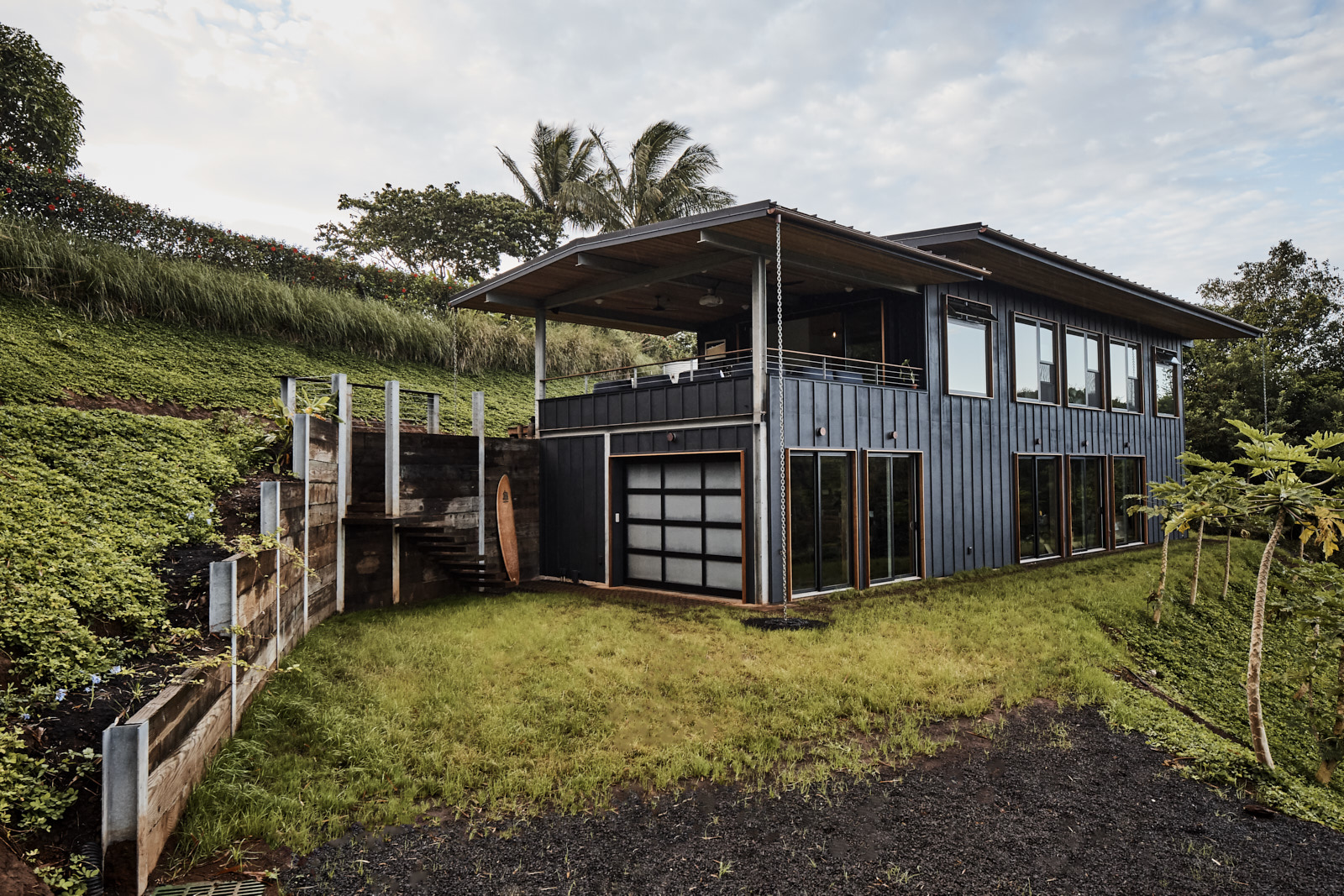 LifeEdited Maui
LifeEdited Maui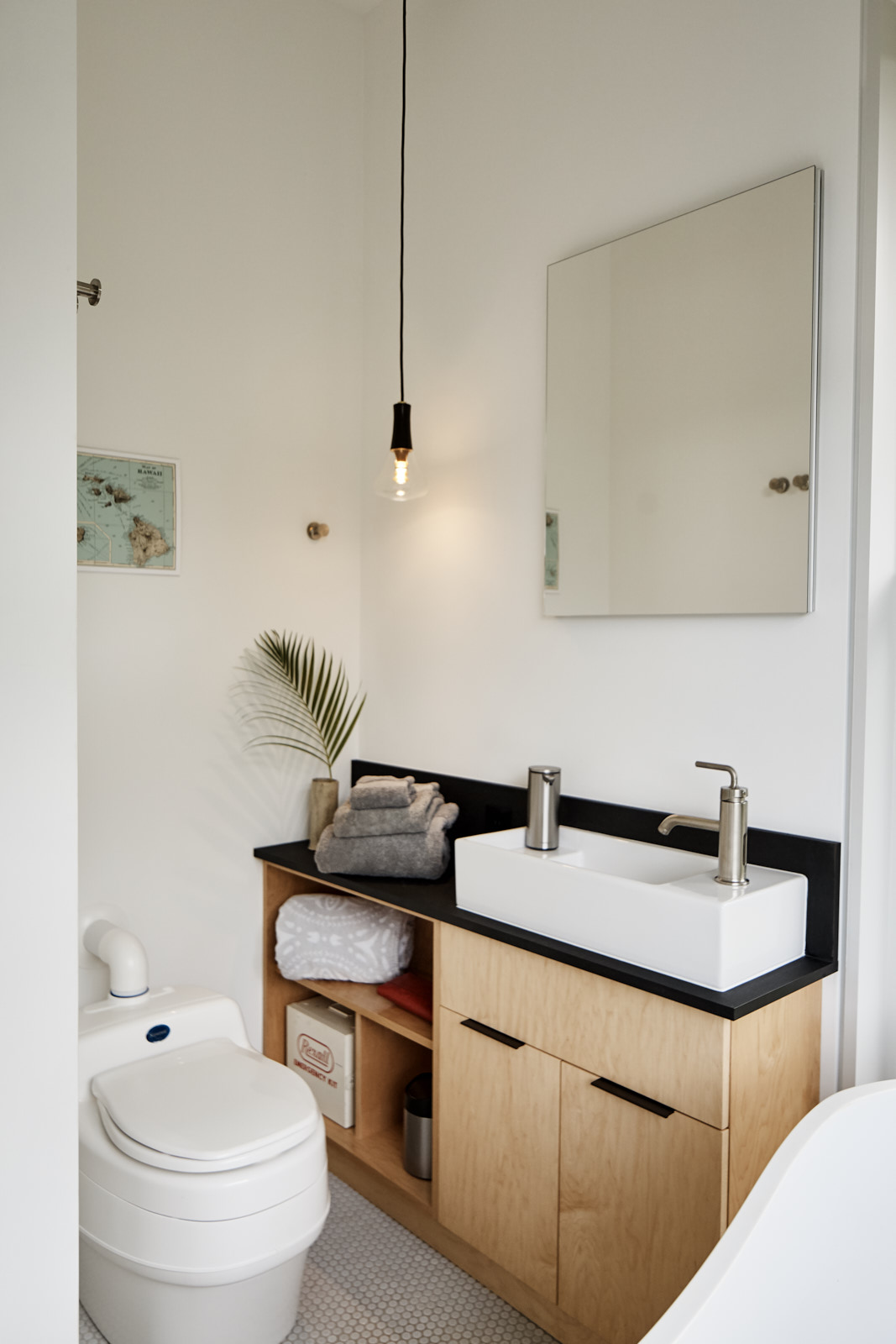


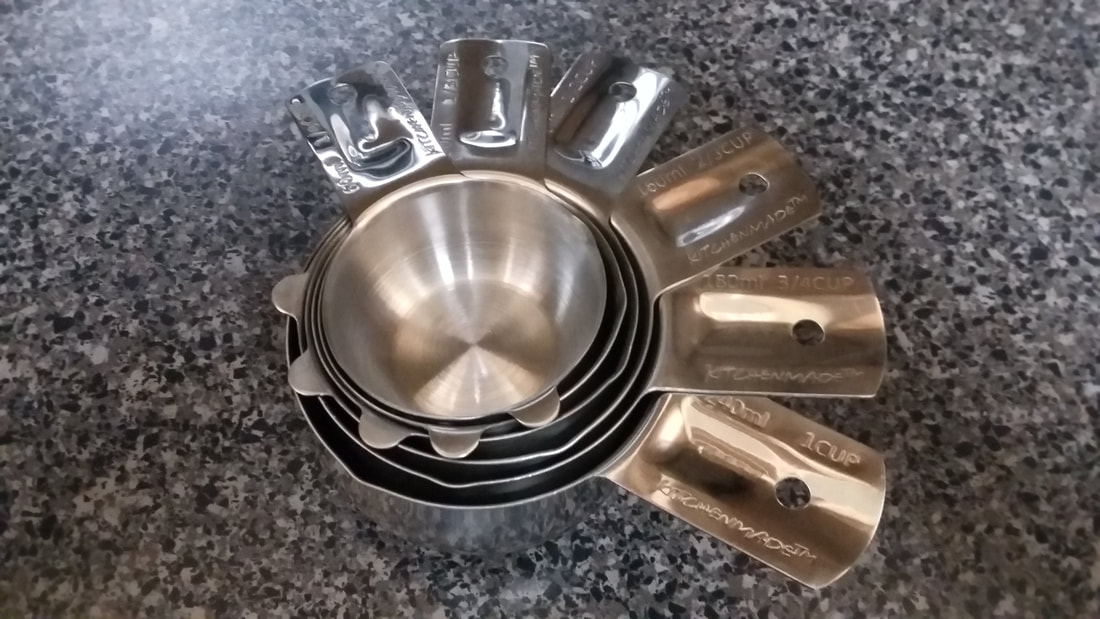 Solarpunk living includes a pretty strong waste reduction component as part of being environmentally conscientious. One of the simpler ways to reduce the amount of waste you generate is to cook your own food. While the greenest measuring cups are the ones you already have, if you are in need of a set, the
Solarpunk living includes a pretty strong waste reduction component as part of being environmentally conscientious. One of the simpler ways to reduce the amount of waste you generate is to cook your own food. While the greenest measuring cups are the ones you already have, if you are in need of a set, the 